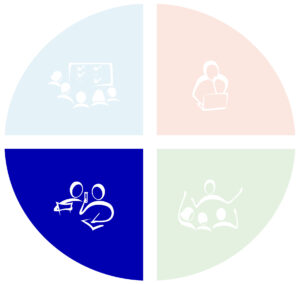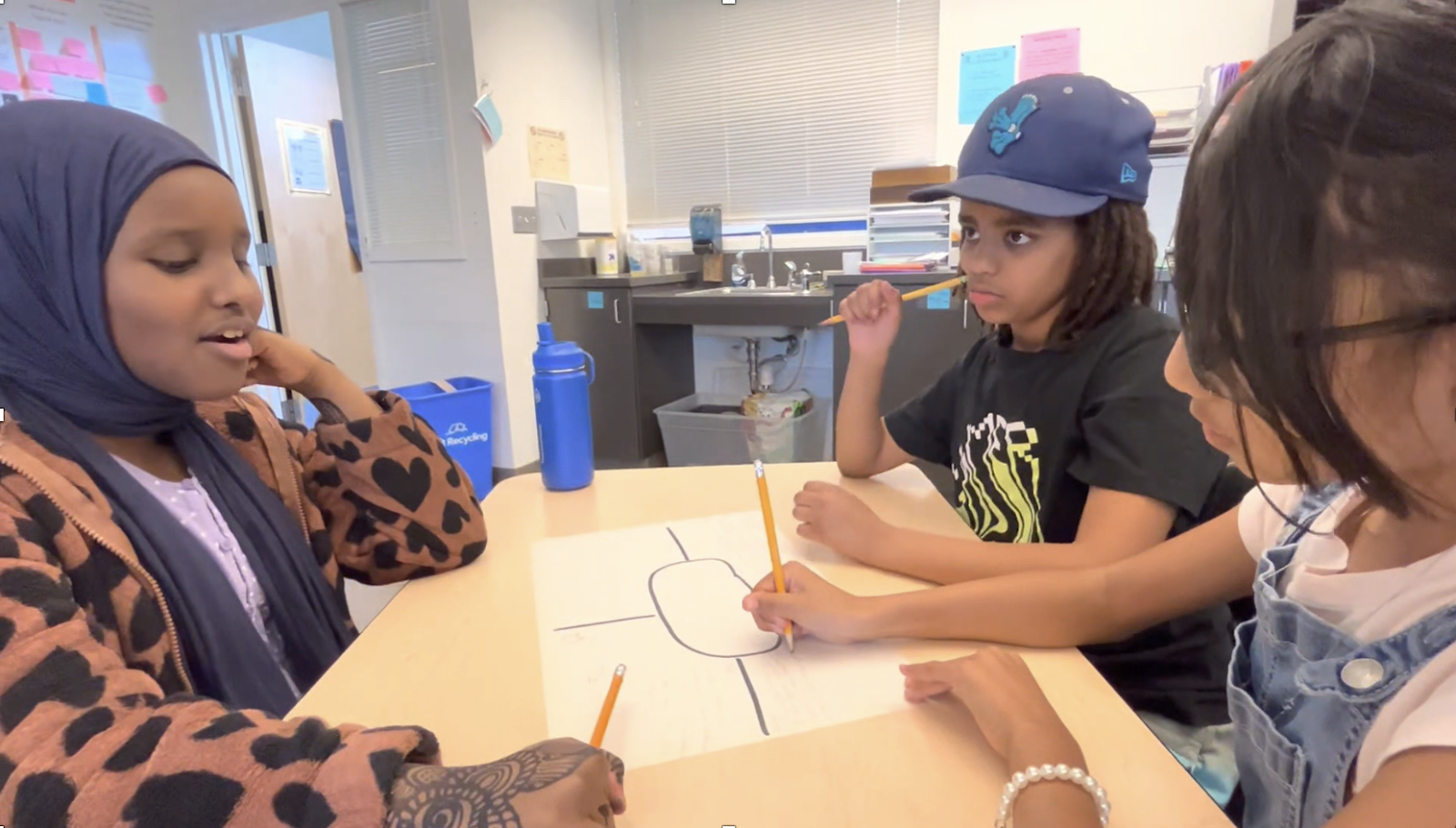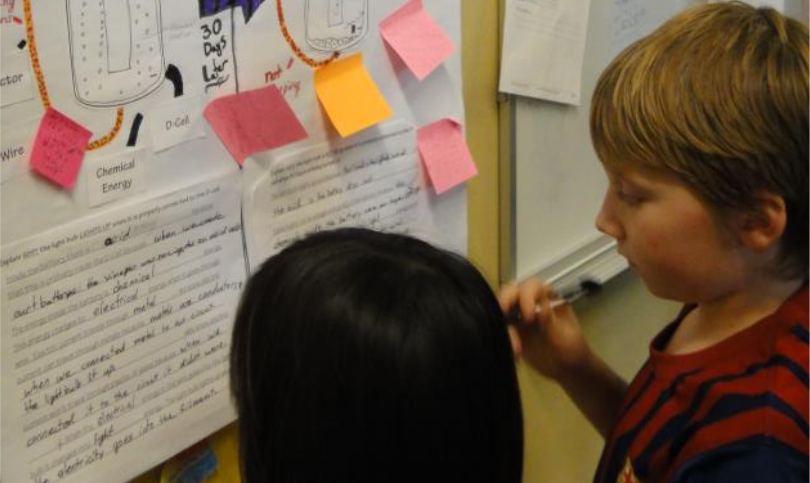 Throughout any unit of instruction, students are frequently engaged in different types of activity. For example, students might do hands-on work with materials, use computer simulations, conduct observations of phenomena, design experiments, or collect and analyze different types of data. Research on learning shows that the types of sense-making talk orchestrated by the teacher prompt productive puzzlement, reasoning, and learning by students. This set of teaching practices aims to help students develop new ideas and perspectives to revise explanations and models and ultimately expand what it means to participate in science. By considering multiple perspectives and different ways of doing science together, teachers and students make sense of science ideas and broaden how science is done. Teachers use a variety of discourse strategies to support students in responding to one another’s thinking, build collaborative explanations, and broadly address issues of power and positionality in the classroom and science.
Throughout any unit of instruction, students are frequently engaged in different types of activity. For example, students might do hands-on work with materials, use computer simulations, conduct observations of phenomena, design experiments, or collect and analyze different types of data. Research on learning shows that the types of sense-making talk orchestrated by the teacher prompt productive puzzlement, reasoning, and learning by students. This set of teaching practices aims to help students develop new ideas and perspectives to revise explanations and models and ultimately expand what it means to participate in science. By considering multiple perspectives and different ways of doing science together, teachers and students make sense of science ideas and broaden how science is done. Teachers use a variety of discourse strategies to support students in responding to one another’s thinking, build collaborative explanations, and broadly address issues of power and positionality in the classroom and science.
Supporting
Ambitious Teaching—An overview
In this video we illustrate what Ambitious Teaching looks like in classrooms ranging from high school to kindergarten. The practices were developed through collaborations between teachers and researchers, and they are continually evolving as we learn more about how they work with young learners. There are several themes that you’ll see in all examples, such as a focus on puzzling and complex phenomena, opportunities to make sense through talk, making thinking visible, attending to who is participating, using various forms of scaffolding and tools, and much more.
 This site is primarily funded by the National Science Foundation (NSF) through Award #1907471 and #1315995
This site is primarily funded by the National Science Foundation (NSF) through Award #1907471 and #1315995


